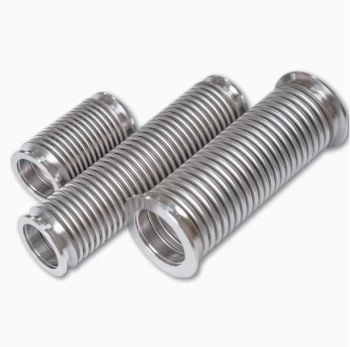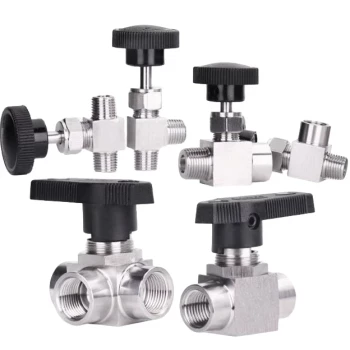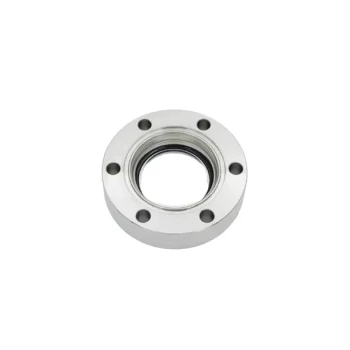Operating a dental ceramic block sintering furnace requires a precise, multi-step approach to ensure optimal results for dental restorations. The process involves material selection, furnace programming, temperature control, and post-sintering adjustments, all tailored to the specific ceramic material being used. Modern furnaces offer advanced features like data logging and CAD/CAM integration to streamline workflows while maintaining high precision in temperature management for consistent sintering outcomes.
Key Points Explained:
-
Material Selection and Preparation
- Choose the appropriate ceramic block based on the patient's restoration needs (e.g., zirconia, lithium disilicate).
- Ensure the block is properly sized and shaped before sintering to minimize post-processing.
- Verify compatibility with the dental sintering furnace to avoid material degradation or sintering failures.
-
Furnace Programming
- Input the manufacturer-recommended sintering profile, including:
- Ramp rates (temperature increase speed).
- Target temperature (varies by material, typically 1,300–1,600°C for zirconia).
- Hold time (duration at peak temperature).
- Utilize flexible temperature curve settings to adapt to unique material requirements.
- Input the manufacturer-recommended sintering profile, including:
-
Temperature Control and Monitoring
- Rely on built-in heating elements and sensors for real-time temperature regulation.
- Ensure even heat distribution to prevent warping or uneven sintering.
- Validate accuracy with periodic calibration checks.
-
Sintering Cycle Execution
- Load the ceramic block into the furnace chamber, ensuring proper spacing for airflow.
- Initiate the cycle and monitor for errors (e.g., power fluctuations, sensor malfunctions).
- For advanced models, leverage data logging to track cycle performance and troubleshoot inconsistencies.
-
Cooling and Post-Sintering
- Allow gradual cooling to room temperature to prevent thermal shock.
- Inspect the sintered restoration for defects (e.g., cracks, porosity).
- Use CAD/CAM integration (if available) to compare the final result with the digital design.
-
Workflow Integration
- Sync furnace data with lab management software for traceability.
- Optimize cycles based on historical performance data to improve efficiency.
By following these steps, dental professionals can achieve restorations with superior aesthetics, strength, and biocompatibility. Have you considered how automating temperature profiles could reduce human error in your sintering process? These technologies quietly elevate precision in everyday dental lab workflows.
Summary Table:
| Step | Key Actions | Considerations |
|---|---|---|
| Material Selection | Choose ceramic block (e.g., zirconia, lithium disilicate) | Verify furnace compatibility to avoid sintering failures |
| Furnace Programming | Input sintering profile (ramp rates, target temp, hold time) | Adapt settings for unique material needs |
| Temperature Control | Monitor real-time heat distribution | Calibrate sensors for accuracy |
| Sintering Cycle | Load block with proper spacing | Use data logging for error tracking |
| Cooling & Inspection | Gradual cooling to prevent cracks | Compare results with CAD/CAM design |
| Workflow Integration | Sync with lab software | Optimize cycles using historical data |
Elevate your dental lab’s precision with KINTEK’s advanced sintering solutions! Our high-temperature furnaces, including customizable dental sintering furnaces, are engineered for flawless ceramic restorations. Leveraging in-house R&D and manufacturing, we deliver tailored solutions for zirconia, lithium disilicate, and other materials—ensuring uniform heating, accurate temperature control, and seamless CAD/CAM integration. Contact us today to optimize your sintering workflow!
Products You Might Be Looking For:
Explore precision dental sintering furnaces Discover vacuum hot press solutions for dental ceramics Upgrade to nano-diamond coating systems Lab-grown diamond CVD equipment High-precision vacuum components



















